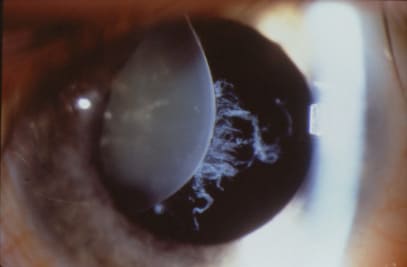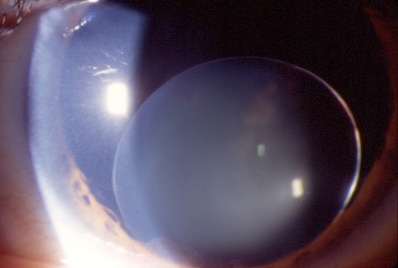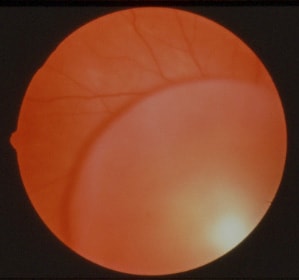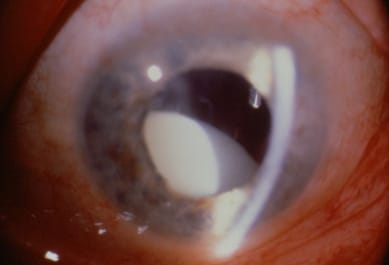
Hemoglobin Synthesis
Hemaglobin is a tetramer protein (meaning it has 4 heme groups)
2 alpha protein subunits & 2 Beta protein subunits
There is an iron atom in the center of each heme group
Function: Reversible binding of Oxygen
Thalessemias are the MOST common genetic disease worldwide. They are a group of disorders with ineffective RBC production (impairment in rate of globin chain synthesis) resulting in microcytic anemai with ineffective erythropoiesis.
Inherited defect in Beta chain synthesis
Unaffected alpha chain continues to be produced and accumulates in the RBC and interferes with normal maturation and contributes to the RBC destruction. The excess alpha chains denature to form precipitates called Heinz bodies in the RBC precursors in the boen marrow. The Hdinz bodies impair DNA synthesis & damage the RBC membrane which can lead to severe hypochromic microcytic anemia.
Chronic transfusions are required with an inevitable iron overload. 50% of untreated patients die by 5 years of age.
Clinical Manifestations
The more severe the imbalance between alpha & beta hemoglobin the worse the disease
Heterozygous = Beta Thalassemia Minor (mose normal Hgb and malarial protection)
Homozygous = Beta Thalassemia Major (severe, transfusion-dependent, early onset at 6-9 months of age, growth retardation)
Every body system is affected
- increased hematopoiesis leads to bone marrow expansion, impaired growth & thinning of cortical bone
- increased red cell destruction leads to increased iron absorption, splenomegaly & hepatomegaly (fibrosis, cirrhosis)
- Heart: arrhythmia, myocarditis, congestive heart failure
- Pancrease: Beta cells are destroyed leading to diabetes
- Pituitary: growth retardation, hypogonadotropic hypogonadism
- Parathyroid: hypocalcemia, osteoporosis
- Frontal bossing/severe thalassemia facies (see photo below)
- hepatosplenomegaly
- hypersplenism
- pallor
- cachexia
- fatigue
- poor appetite

The x-ray on the right above demonstrates bone marrow hyperplasia of the skull.
Laboratory Features
Severe anemia with MCV in the 50-60 range (microcytosis) also hypochromic
On smear will be target cells and hardly any normal cells
Treatment
Regular Transfusions
Folate supplementation
Spenectomy (for hypersplenism) as indicated by:
Severe anemia with MCV in the 50-60 range (microcytosis) also hypochromic
On smear will be target cells and hardly any normal cells

Treatment
Regular Transfusions
- Hgb goal post ransfusion of 10g/dl
- needed approximately every 4 weeks
- Desferoxamine (Desferal)
- SQ over 10-12 hours, 5-6 days/wk
- avoid if < 3 years old because of toxicity
- Side effects: ototoxicity with high frequency hearing loss, retinal changes, bone dysplasia/truncal shortening
Folate supplementation
Spenectomy (for hypersplenism) as indicated by:
- Dramatic increase in transfusion requirements
- massive size that interfres with breathing and nutrition
- severe pain
- avoid before 5 years if at all possible
- immunize with pneumovax and menigovax pre-splenectomy
- post splenectomy will need penicillin prophylaxis for life












































